Gkazi- Keramikos
Gkazi and Keramikos are two of the greatest entertainment hubs in the city.
Location
Timeline
Modern and Contemporary era (1821 - )
In the 19th century, the area was very sparsely populated. The high building density of the region started after the Second World War, while during the decades of ‘80s and ‘90s, the area was degradated because of the closure of the Gas Factory.

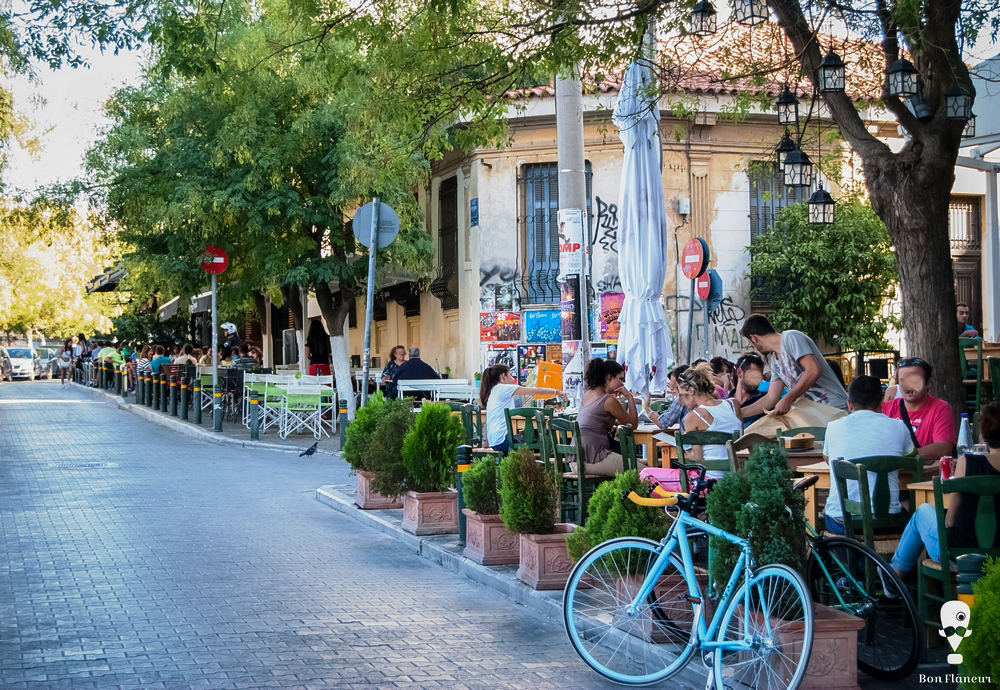
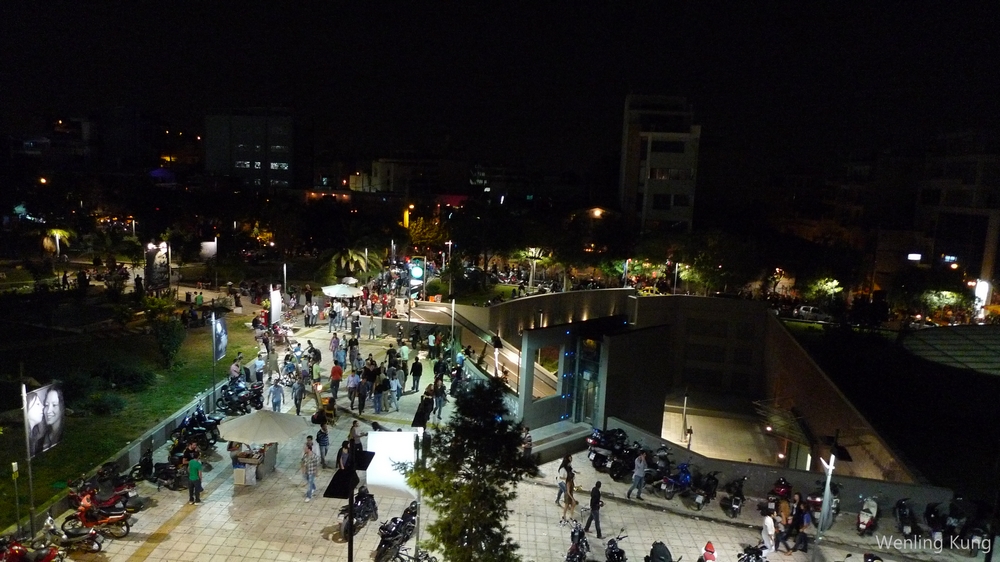
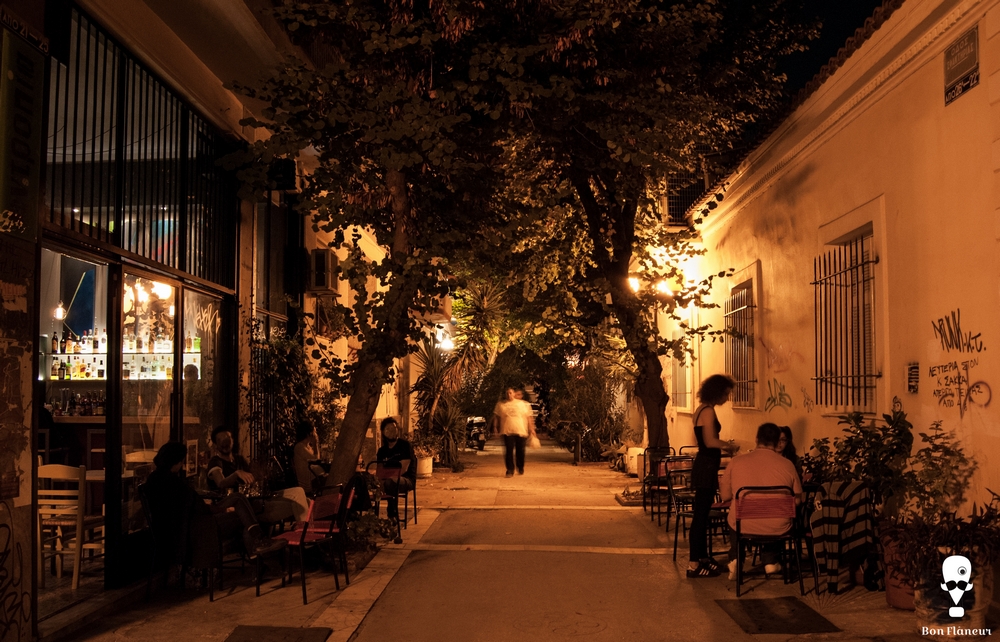
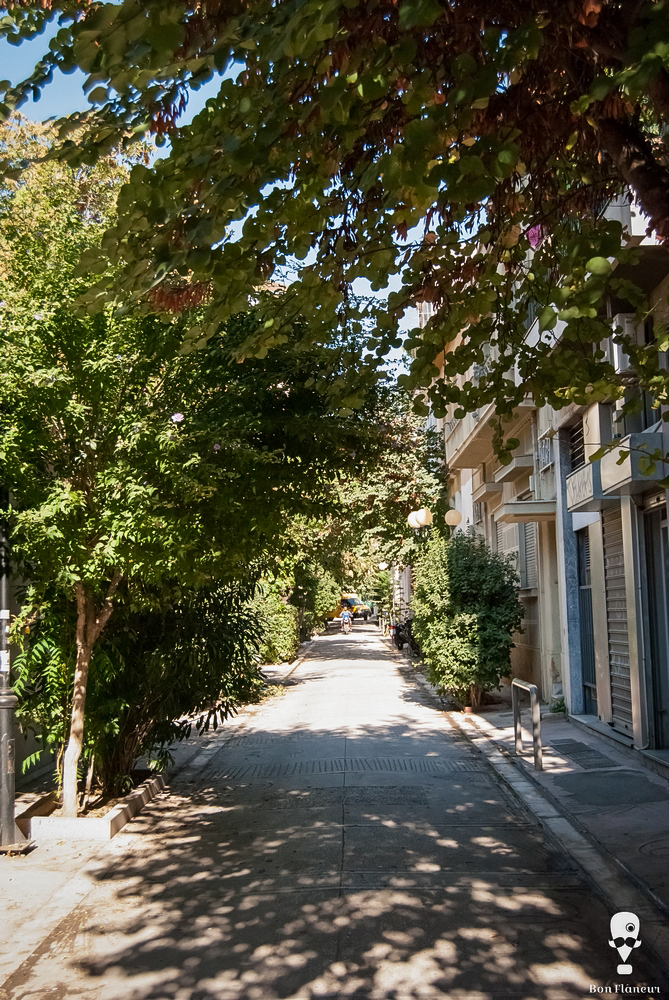
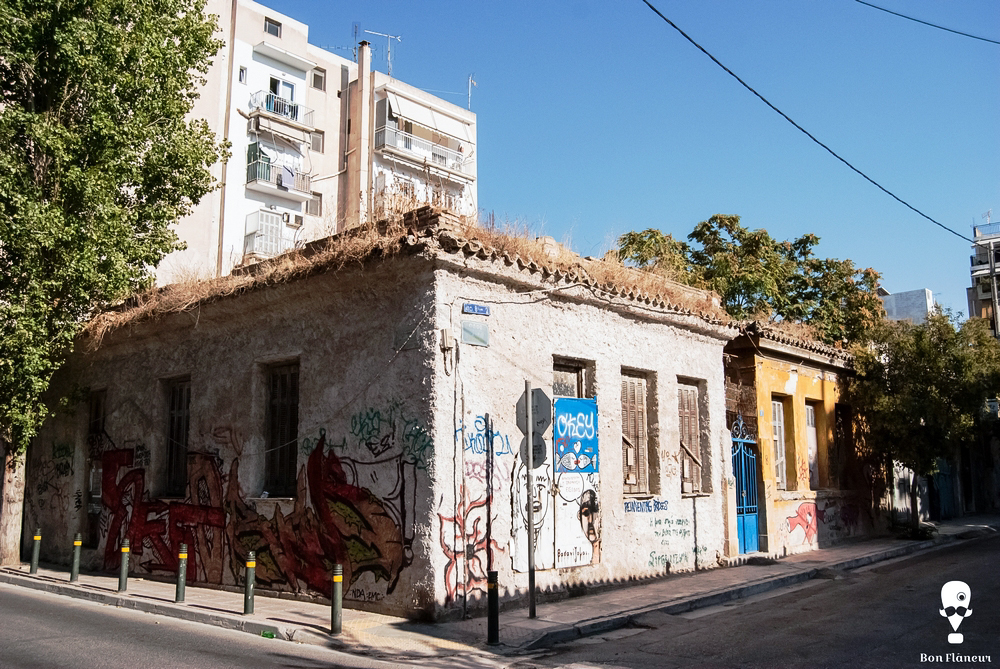

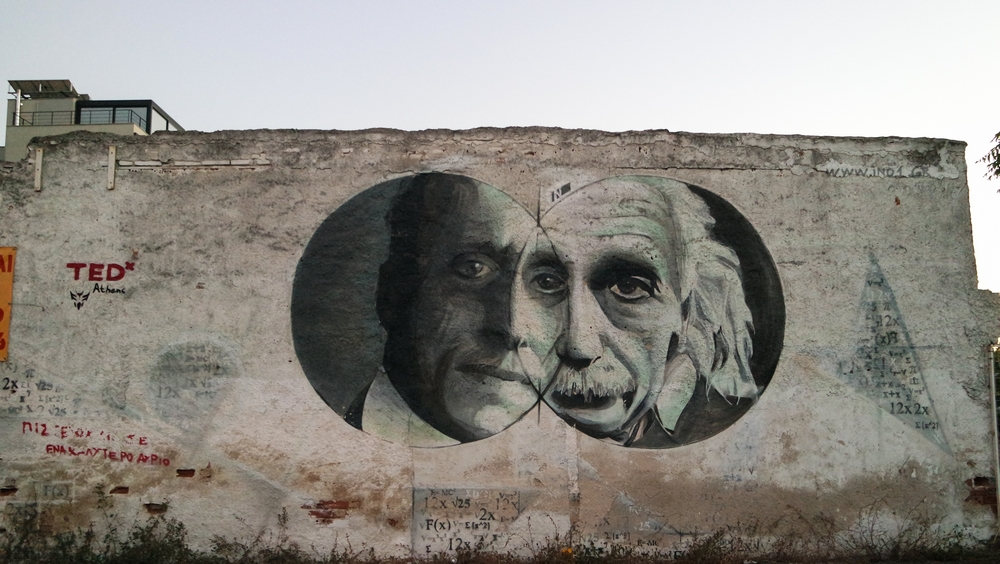
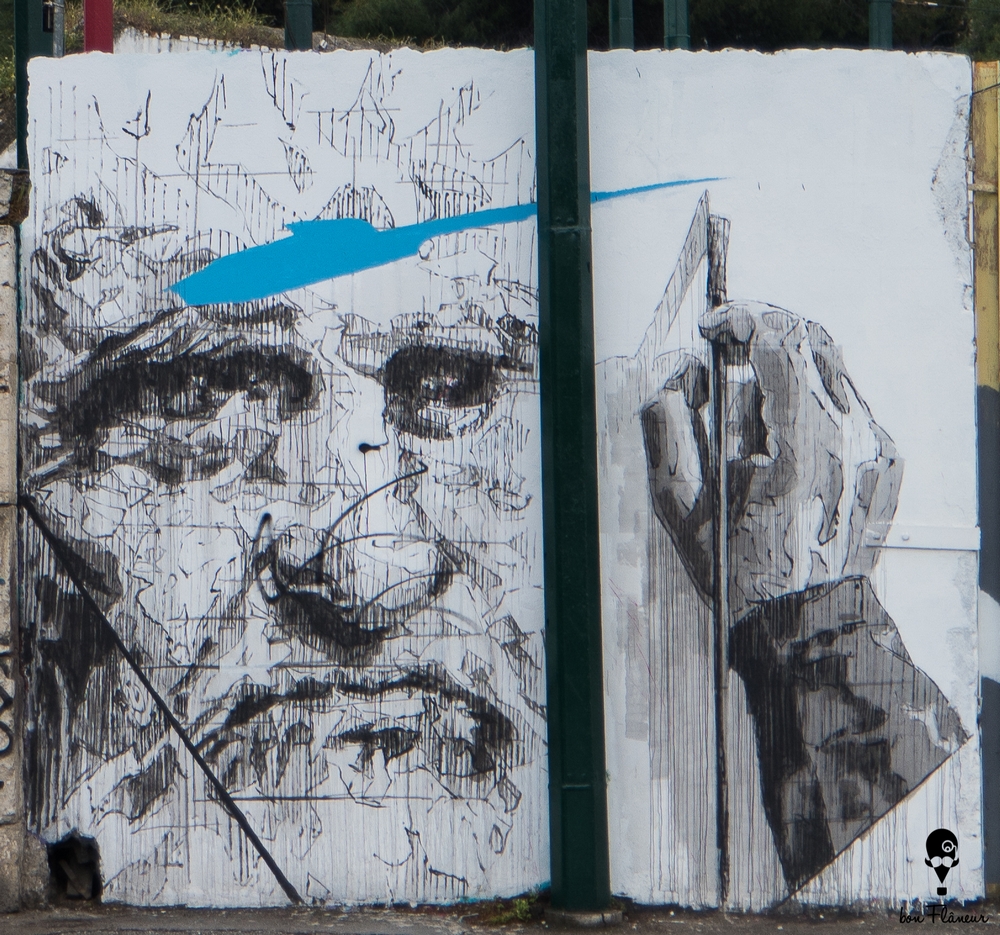

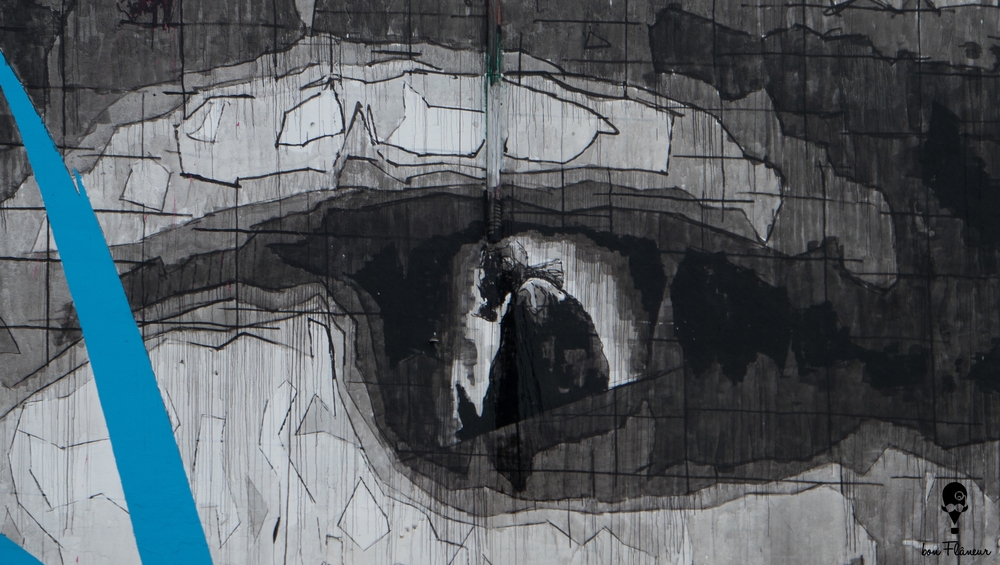
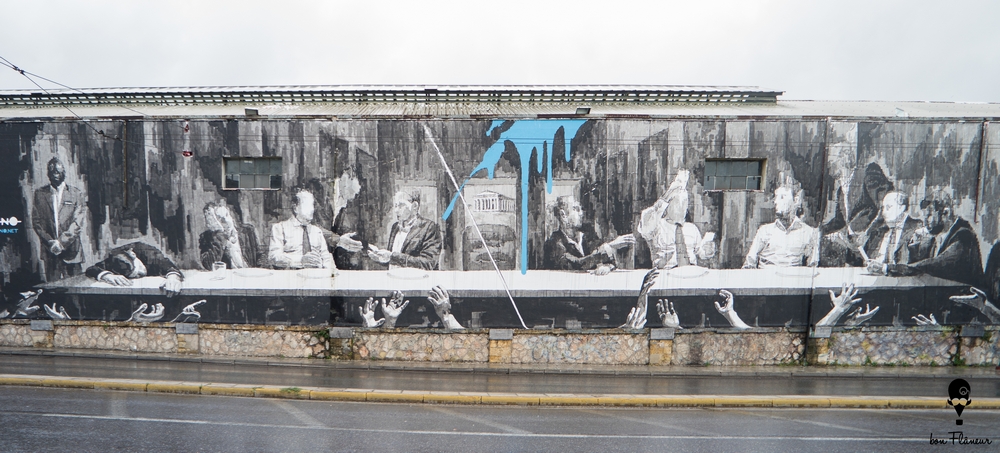

Share